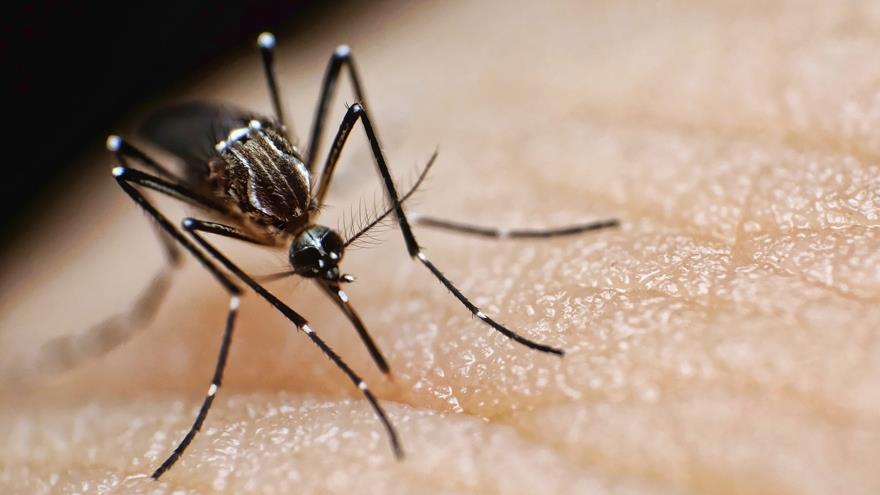Navigating the Uncharted Waters of Teen Suicide
 By Frank Otto
By Frank Otto
When it comes to teenage suicide, researchers have generally shied away.
“Historically, intervention scientists felt there was too much liability and they often excluded [teens with suicidal tendencies] from studies,” explained Associate Professor Guy Diamond, PhD, of the College of Nursing and Health Professions. “In general, there is a stigma about mental health; it is compounded when you talk about suicide.”
But thanks to Diamond’s efforts, many schools in Pennsylvania this year will have a new way to screen for suicidal risk before tragedy strikes.
Diamond developed the Behavioral Health Screen, a tool that allows non-mental health providers to administer screening for suicide and associated problems in adolescent patients or students. The tool involves the administering of a computer-based survey in a private setting that asks questions to gauge risk factors that may contribute to suicidal thoughts or behaviors.
“We were working on a project to identify depressed adolescents in primary care,” Diamond said, recounting the creation of his computer-based tool. “When we started asking doctors to screen for suicide and depression, they said they have to screen for a host of risk behaviors during visits. So, we built a more comprehensive tool. In this way, the tool not only asked about suicide in a direct and consistent way, but it puts these feelings in context of other problems such as drug use, being bullied or family conflict.”
By taking those factors into account, the risk of suicide in teenagers can be more accurately identified and understood.
Once the survey is finished, Behavioral Health Screen generates a report that can be shared with and analyzed by behavioral health professionals. At that point, if necessary, referrals can be made to intervene.
While many researchers typically don’t do research into teenage suicide, Diamond said there are now many tools and clinical strategies that make working with this population safer and more effective.
“We’re not just making this up as we go along,” Diamond said.
Because of Diamond’s efforts, more than 1,000 youths across Pennsylvania are being screened each month. Those screenings take place in medical settings and include primary care facilities and emergency rooms.
But now, that number will grow as schools in Pennsylvania adopt Behavioral Health Screen to respond to state-mandated suicide prevention activities. Diamond said the tool could be used universally to screen an entire student body or on an individual basis when faculty or staff become concerned about a student.
For his tool to become more effective, however, Diamond said there needs to be a larger system for evaluating students. And there need to be systems of support built around it.
“I am amazed at how multi-layered the barriers to screen were,” Diamond said. “There are all kinds of reasons people don’t feel comfortable screening. They often feel they do not know enough to talk to students about this, or if they do identify a youth at risk, there are few services to offer them.”
“Without some front-end training and some back-end resource development, the screening becomes less effective,” Diamond concluded.
Although Diamond feels Behavioral Health Screen is just a small part in the larger suicide prevention effort, the tool is having an impact and moving research in the right direction.
“Ultimately, you’re trying to reduce suicide rates,” Diamond said. “The screening tool is a means of early detection. If we put it in more schools, hospitals and on college campuses, we identify youth at risk before they make a suicide attempt.”
In This Article
Drexel News is produced by
University Marketing and Communications.
